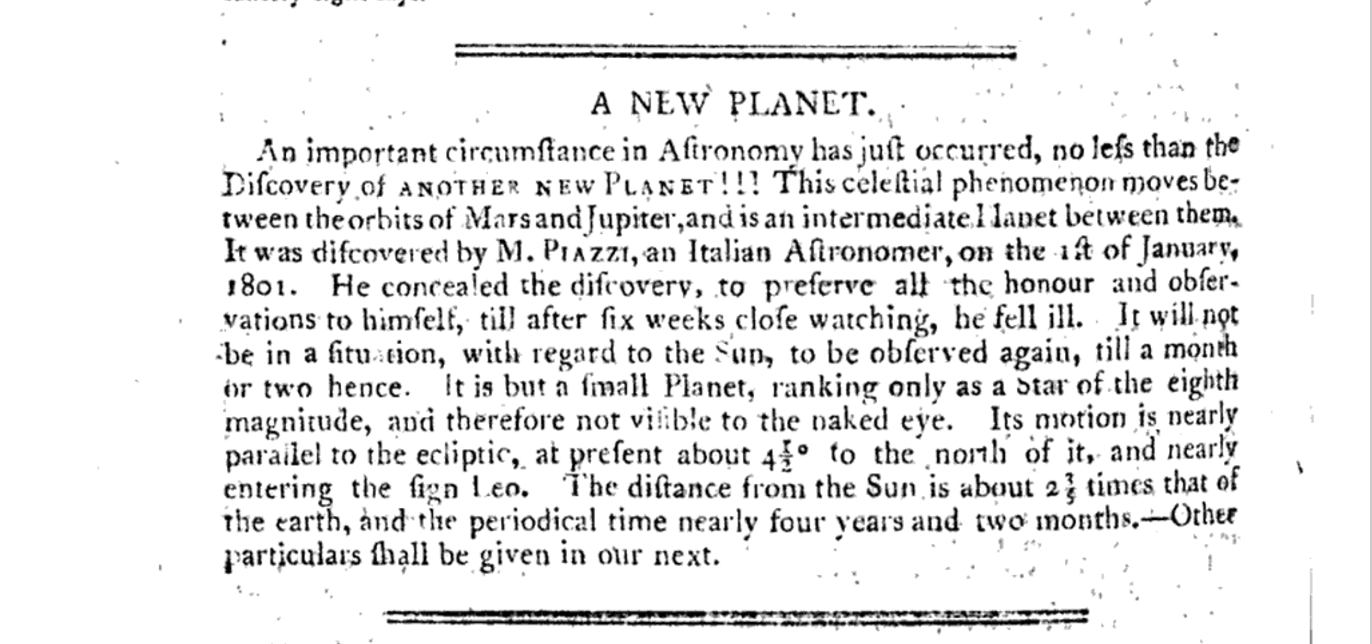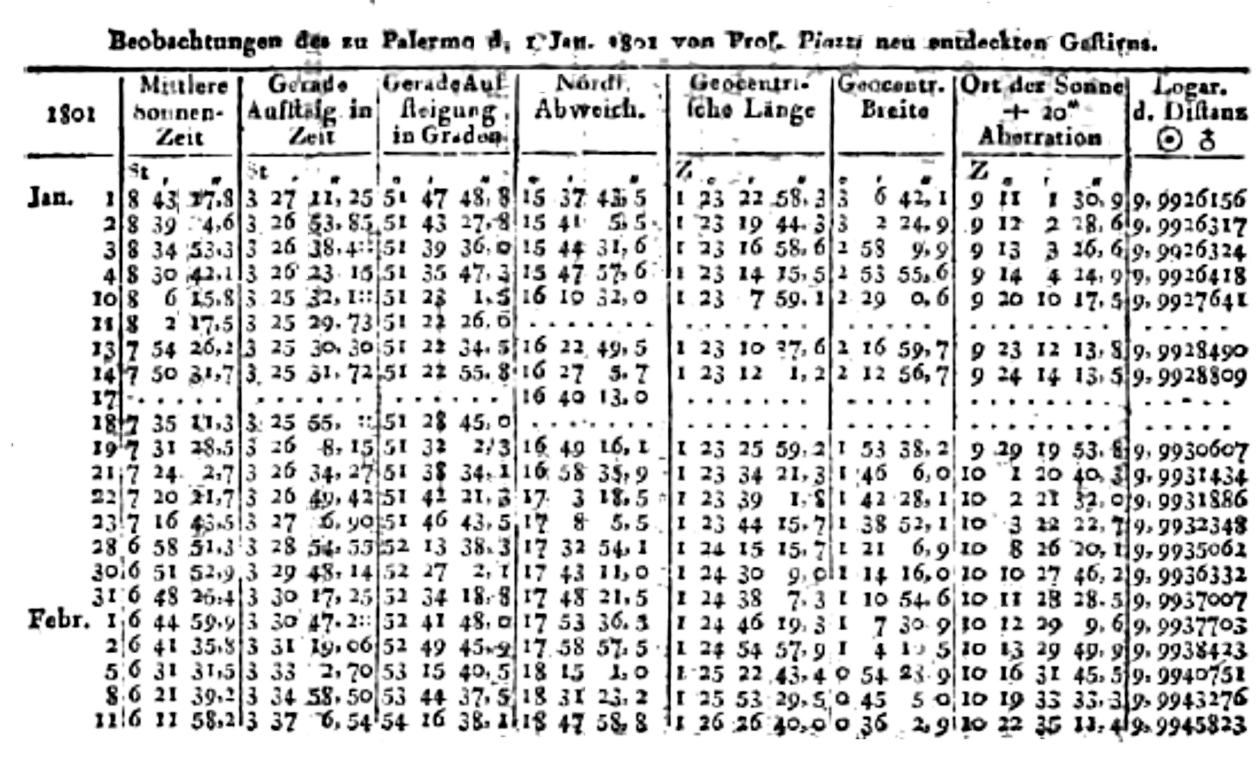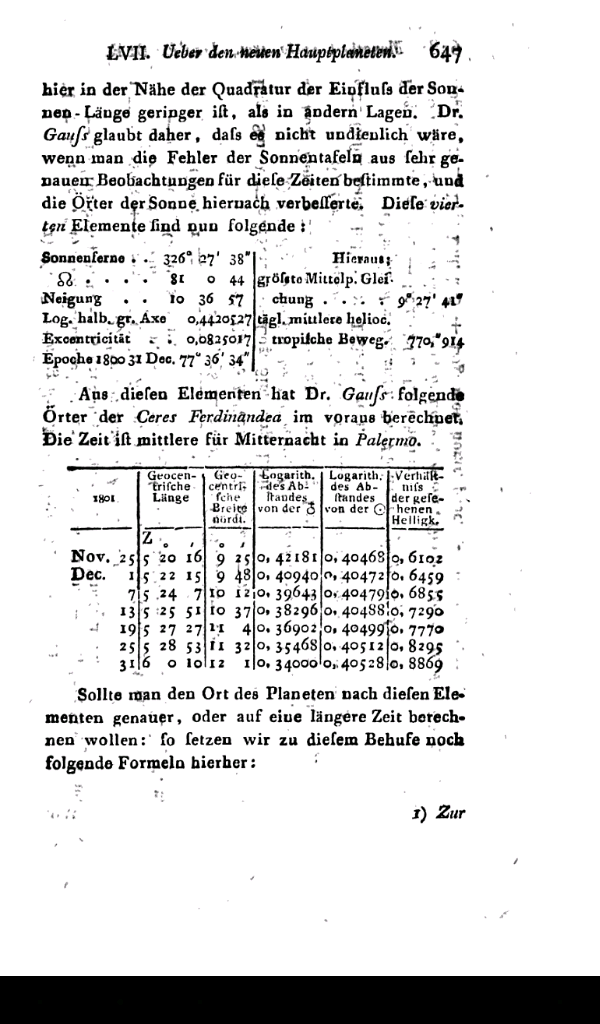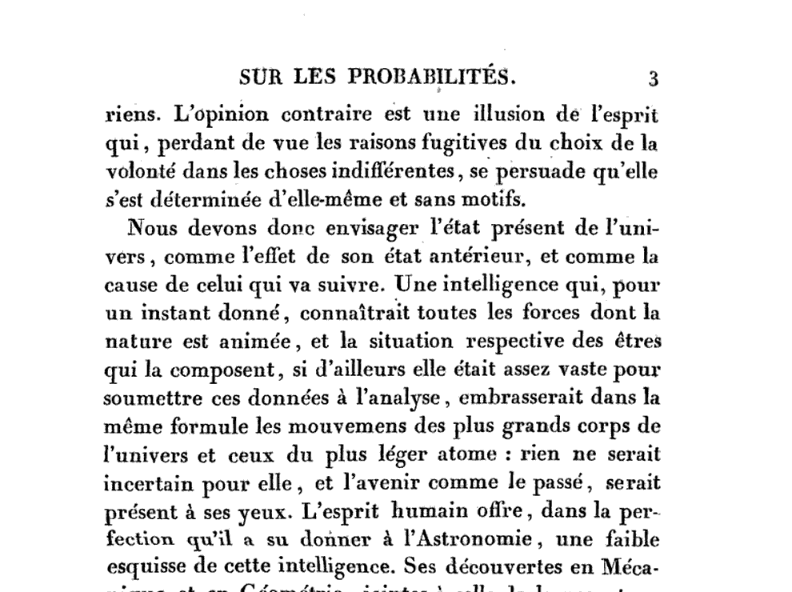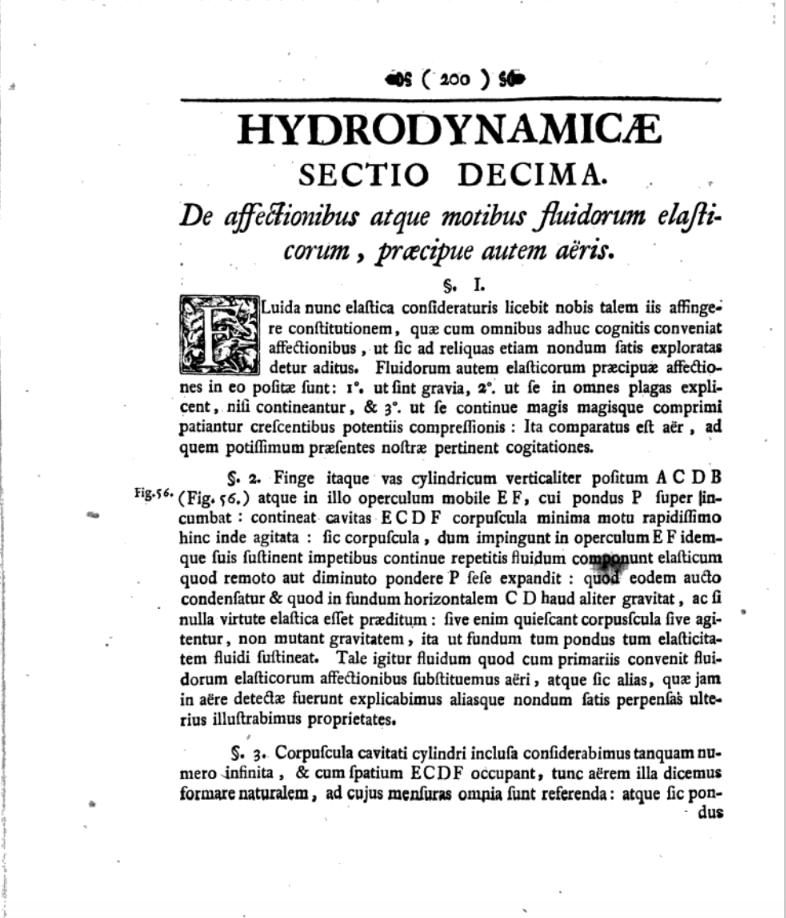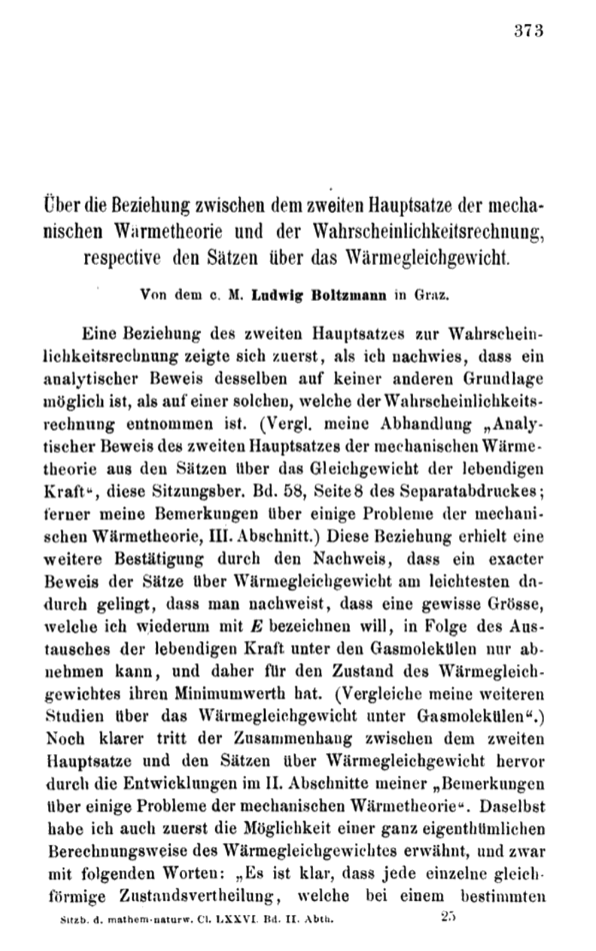Introduction: ML and the Physical World
Course Overview
- Week 1:
- Introduction. Lecturer: Neil D. Lawrence
- Quantification of Beliefs. Lecturer: Carl Henrik Ek
- Week 2:
- Gaussian processes. Lecturer: Carl Henrik Ek
- Simulation. Lecturer: Neil D. Lawrence
Course Overview
- Week 3:
- Emulation. Lecturer: Neil D. Lawrence
- Sequential Decision Making Under Uncertainty: Bayesian Inference. Lecturer: Carl Henrik Ek
- Week 4:
- Probabilistic Numerics. Lecturer: Carl Henrik Ek
- Emukit and Experimental Design. Lecturer: Neil D. Lawrence
Course Overview
- Week 5:
- Sensitivity Analysis. Lecturer: Neil D. Lawrence
- Multifidelity Modelling. Lecturer: Neil D. Lawrence
Special Topics
- Weeks 6-8 will involve three special topics.
- In 2020 we had:
- Simulation in the Covid-19 Pandemic (Andrei Paleyes, Cambridge and DELVE)
- Climate Modelling (Scott Hoskins, BAS)
- Simulation and Personalized Medicine (Javier Gonzalez, Microsoft Research)
Special Topics
- Weeks 6-8 will involve three special topics.
- In 2021 we had:
- Spectroscopy data (Marie Synakewicz, Zurich)
- Amazon Supply Chain (Jordan Bell-Masterson, Amazon)
- Climate Science (Scott Hoskins, BAS)
- Elasticity Data (Tim Dodwell, Exeter)
Assessment
- Lab sheet for completion by end of Week 5.
- Mini projects starting in Week 6 in small groups deploying lessons you’ve learnt
Course Material





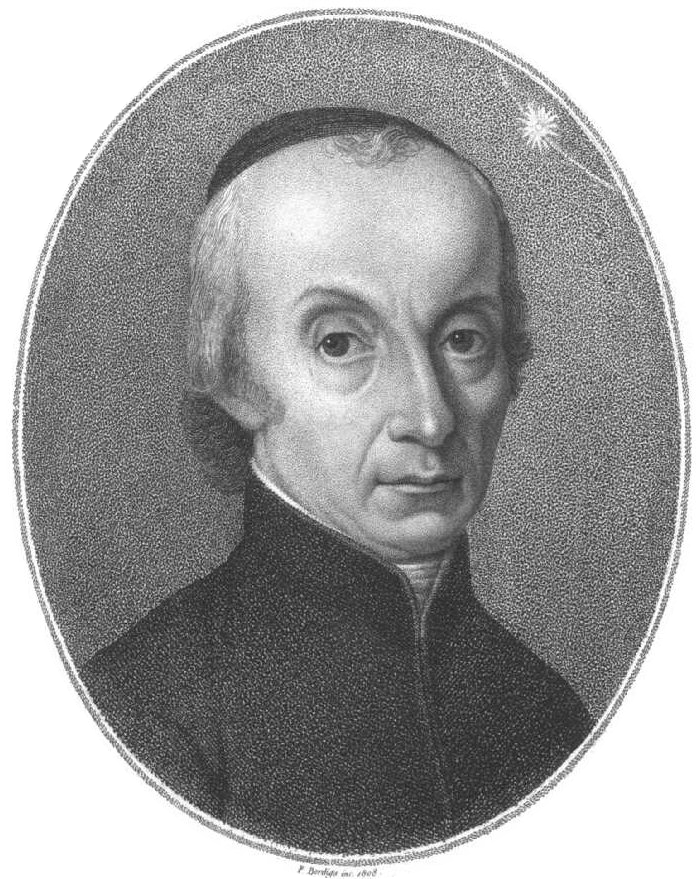
Titius-Bode Law
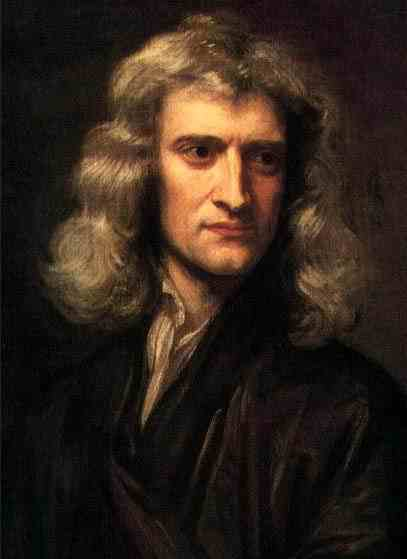
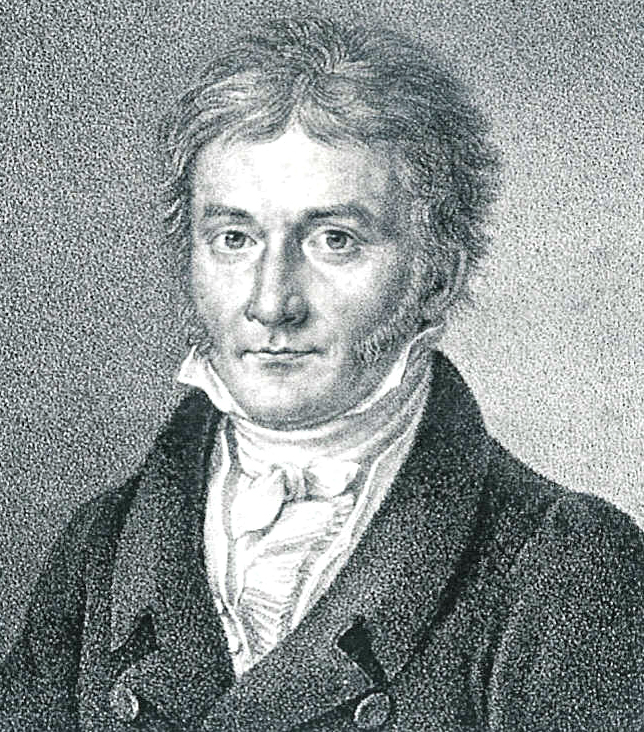


|
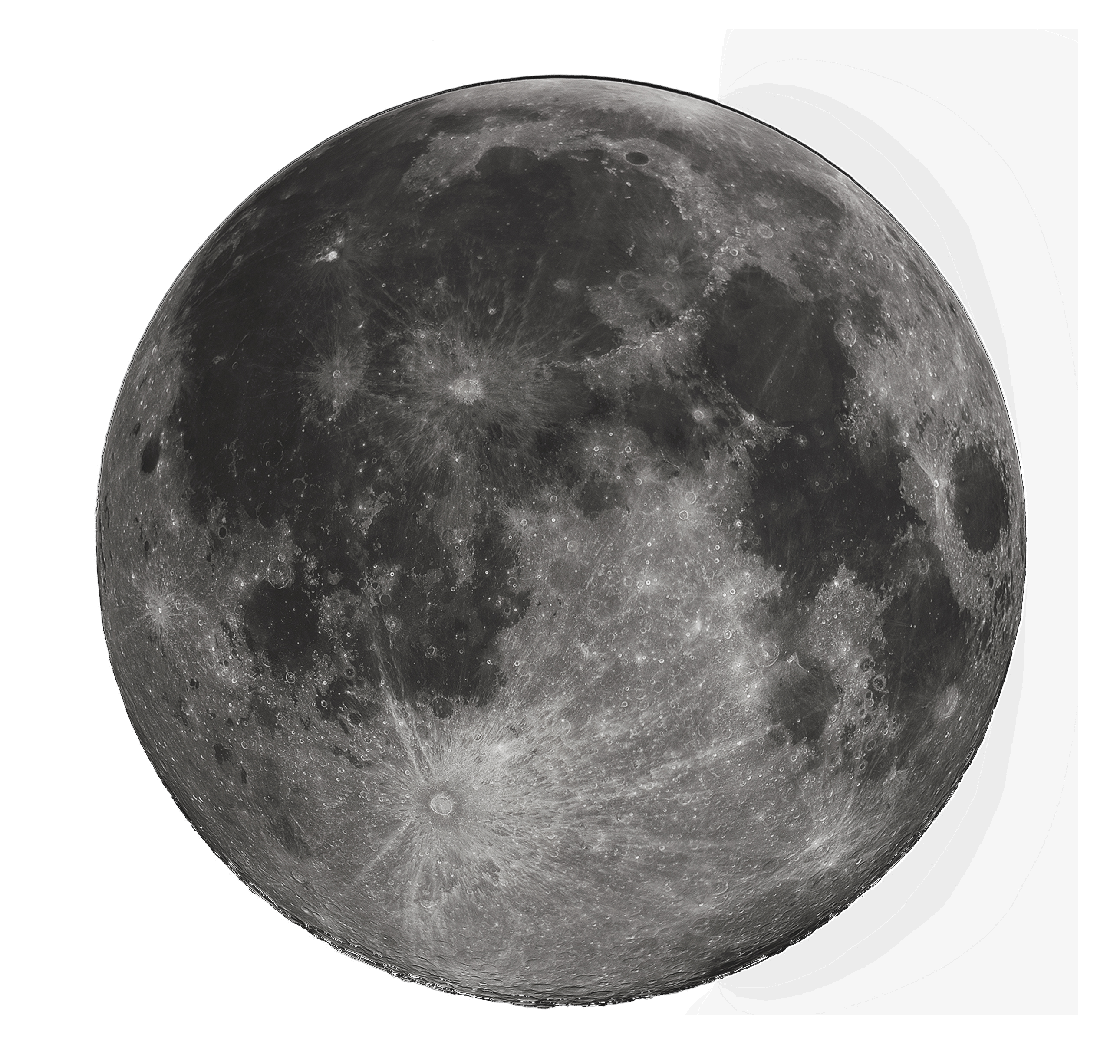
|

|
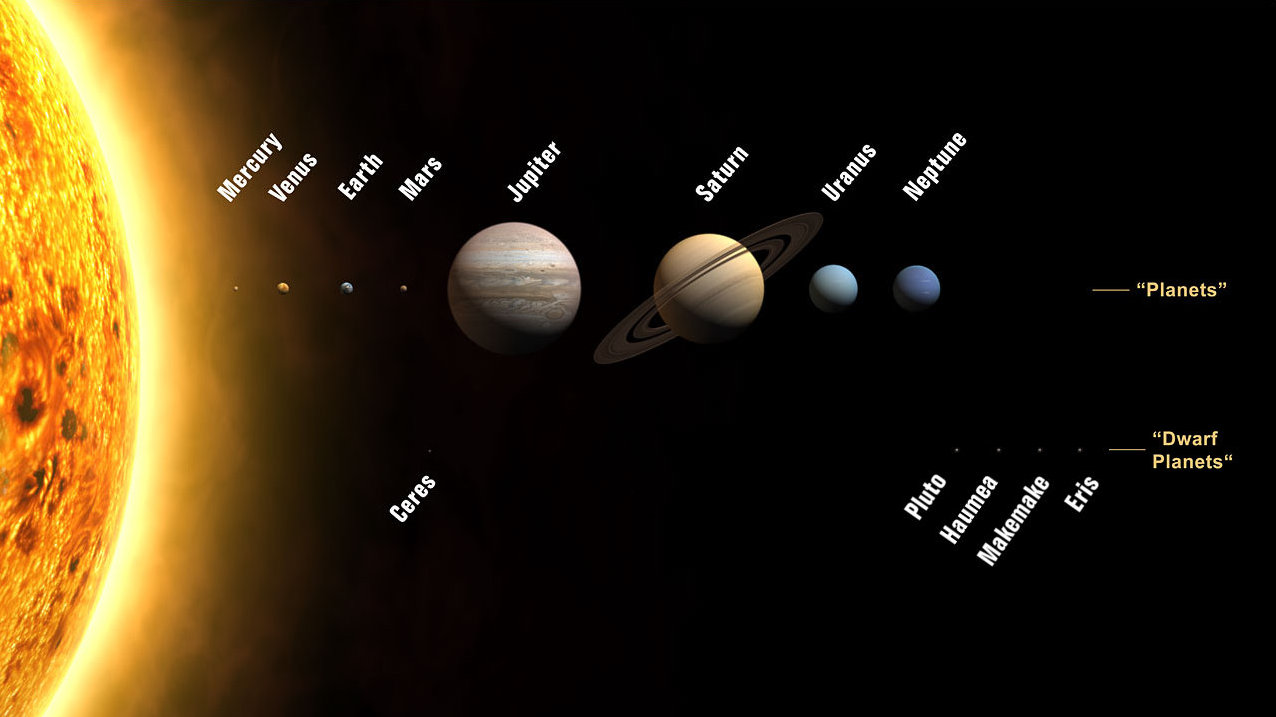
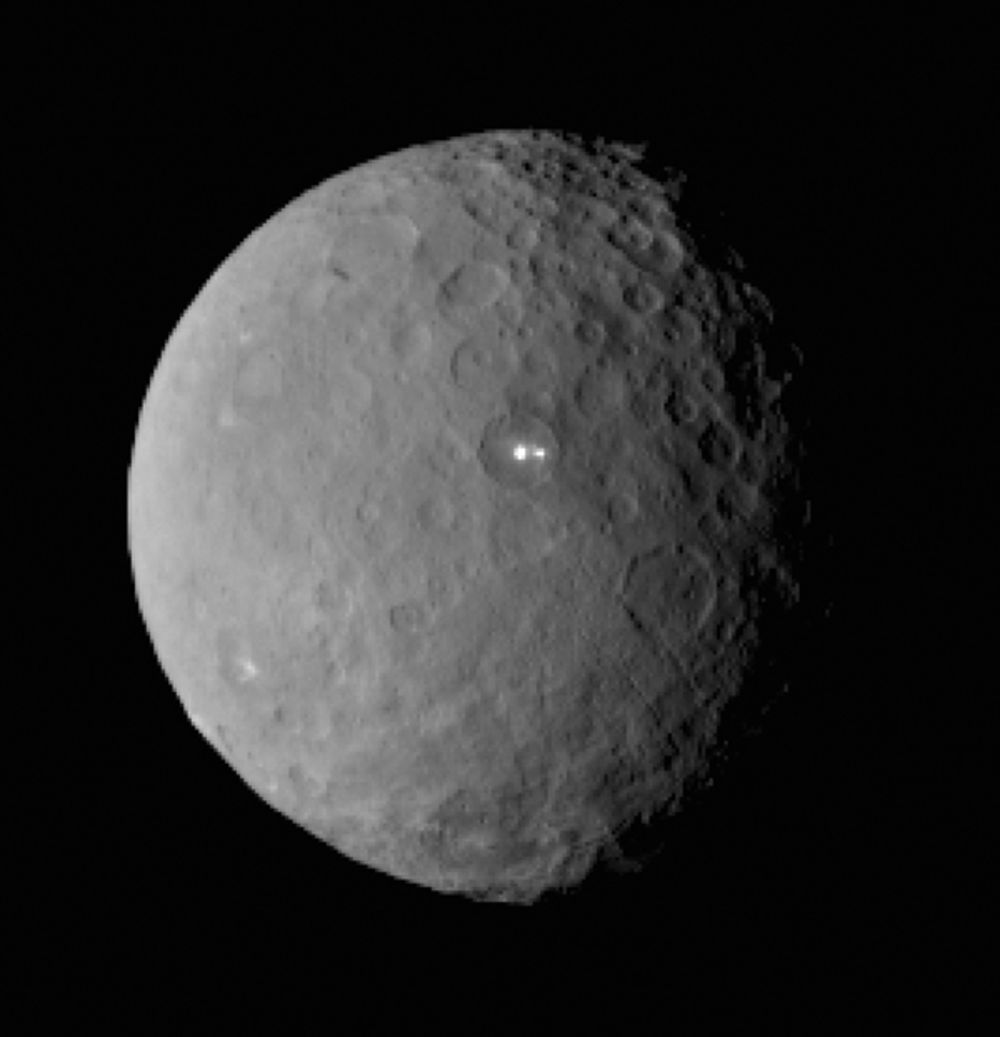
Overdetermined System
\(y= mx+ c\)
point 1: \(x= 1\), \(y=3\) \[ 3 = m + c \]
point 2: \(x= 3\), \(y=1\) \[ 1 = 3m + c \]
point 3: \(x= 2\), \(y=2.5\) \[ 2.5 = 2m + c \]
Pierre-Simon Laplace
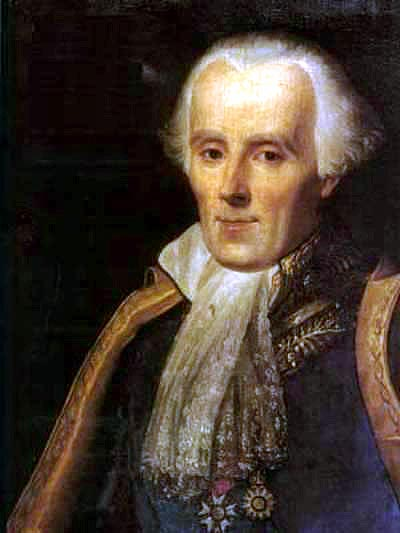
Laplace’s Demon
Laplace’s Demon
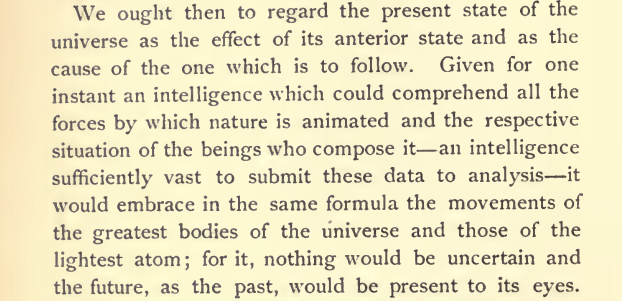
Philosophical Essay on Probabilities Laplace (1814) pg 3
Machine Learning
Theory of Everything
If we do discover a theory of everything … it would be the ultimate triumph of human reason-for then we would truly know the mind of God
Stephen Hawking in A Brief History of Time 1988
Laplace’s Gremlin

Philosophical Essay on Probabilities Laplace (1814) pg 5

\(y= mx+ c + \epsilon\)
point 1: \(x= 1\), \(y=3\) \[ 3 = m + c + \epsilon_1 \]
point 2: \(x= 3\), \(y=1\) \[ 1 = 3m + c + \epsilon_2 \]
point 3: \(x= 2\), \(y=2.5\) \[ 2.5 = 2m + c + \epsilon_3 \]
A Probabilistic Process
Set the mean of Gaussian to be a function. \[ p\left(y_i|x_i\right)=\frac{1}{\sqrt{2\pi\sigma^2}}\exp \left(-\frac{\left(y_i-f\left(x_i\right)\right)^{2}}{2\sigma^2}\right). \]
This gives us a ‘noisy function’.
This is known as a stochastic process.
Hydrodynamica
Entropy Billiards
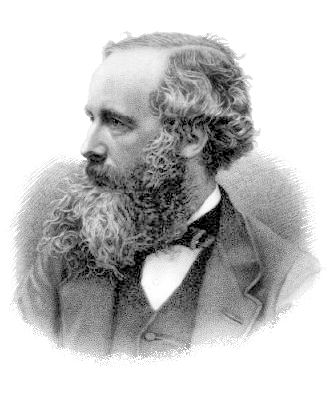
|
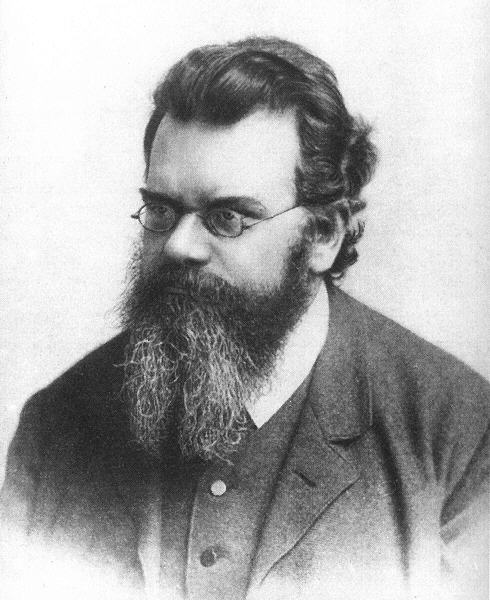
|
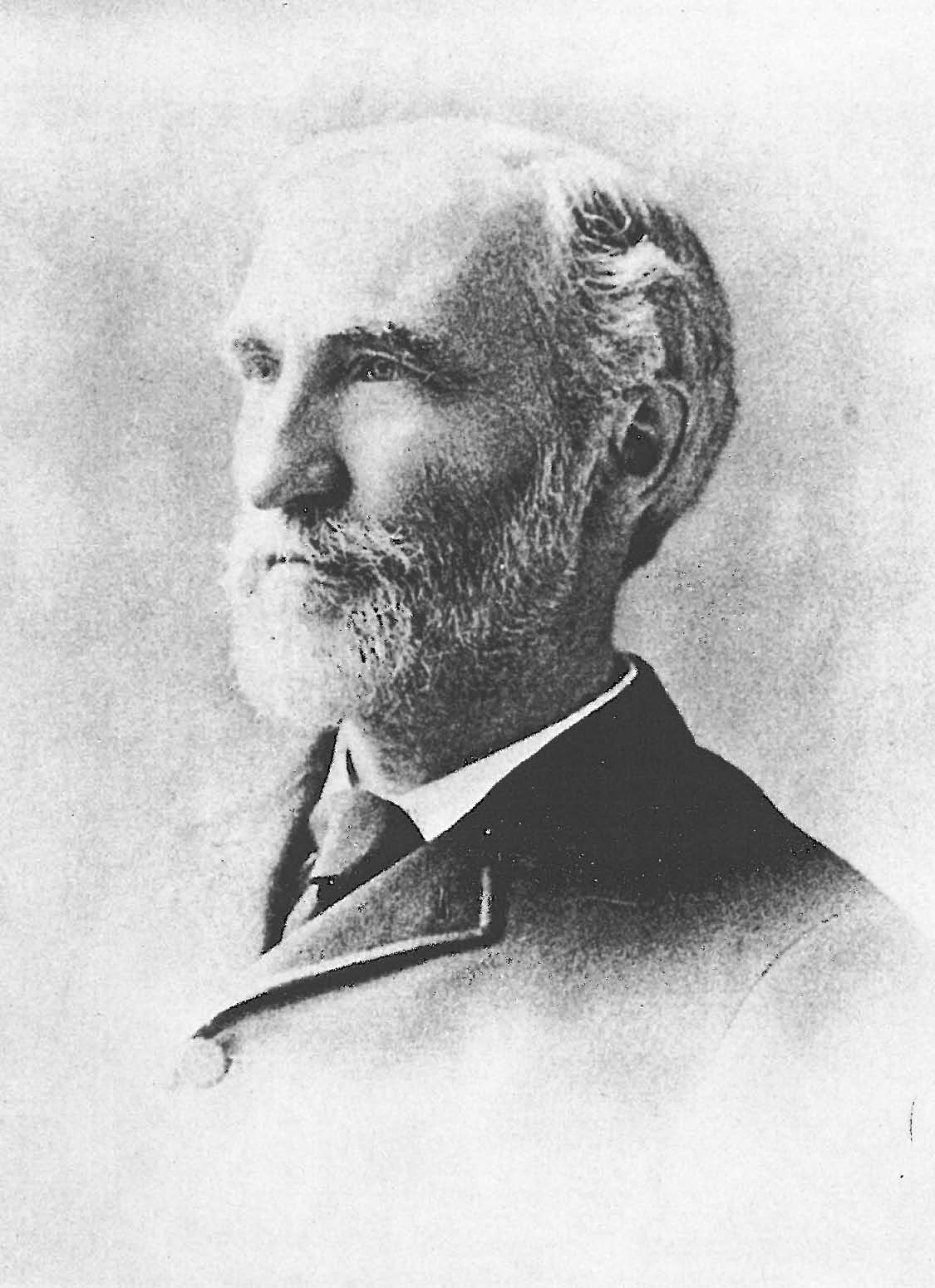
|
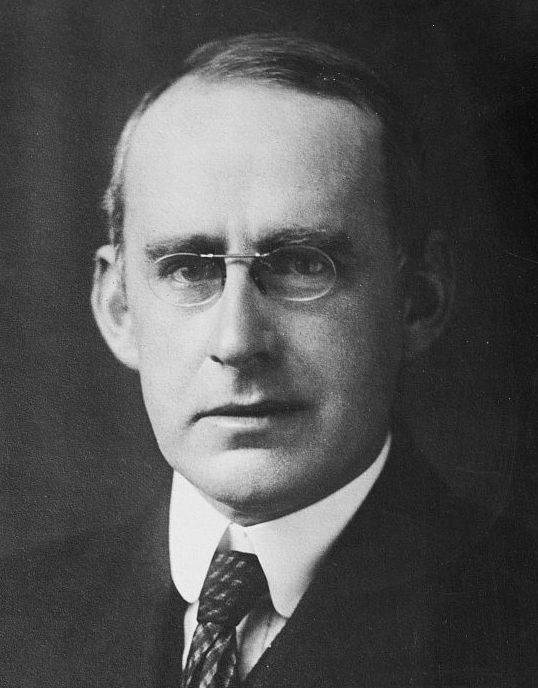
|
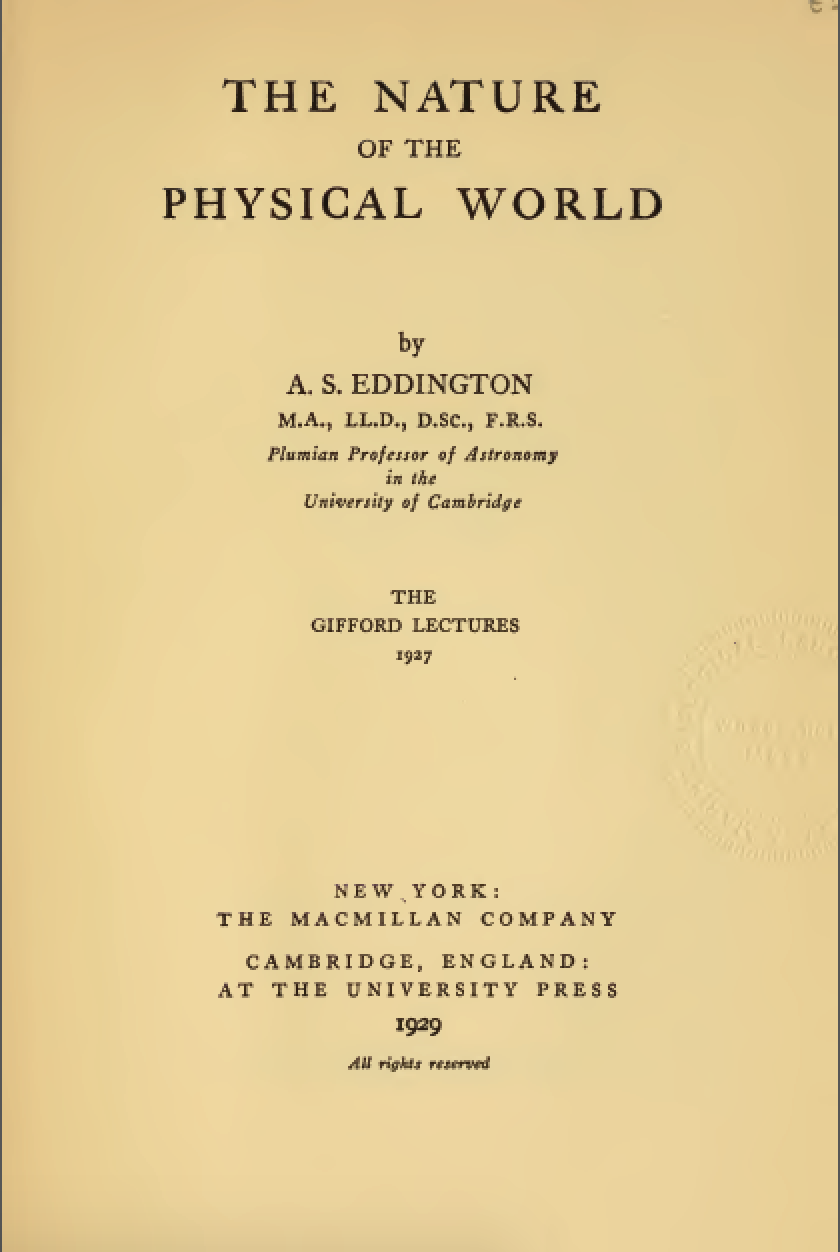
|
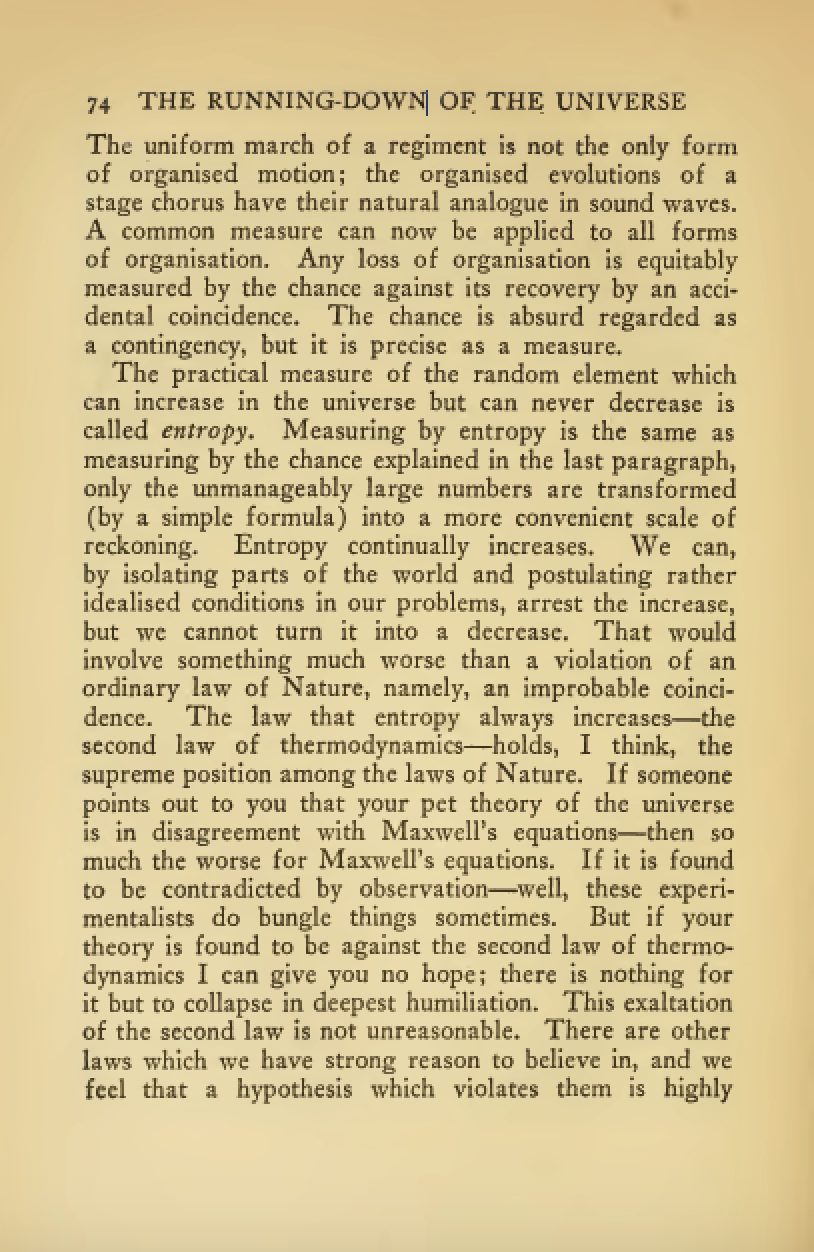
|
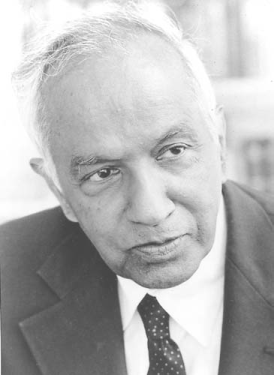
|
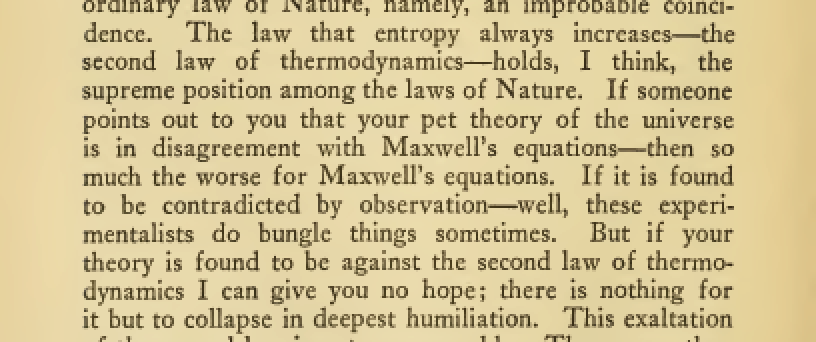
Underdetermined System
Underdetermined System
- What about two unknowns and one observation? \[y_1 = mx_1 + c\]
Can compute \(m\) given \(c\). \[m = \frac{y_1 - c}{x}\]
Underdetermined System
Brownian Motion and Wiener
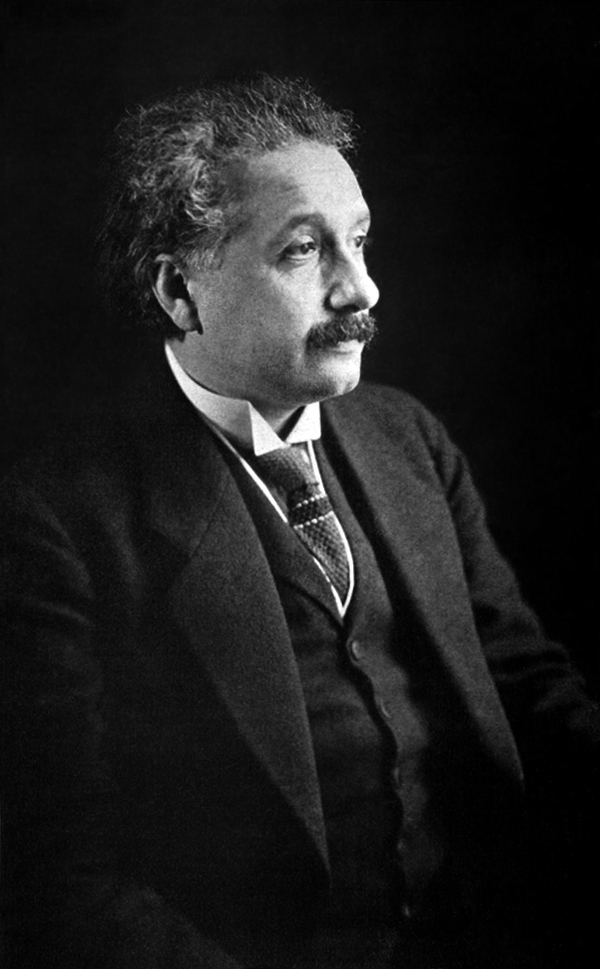
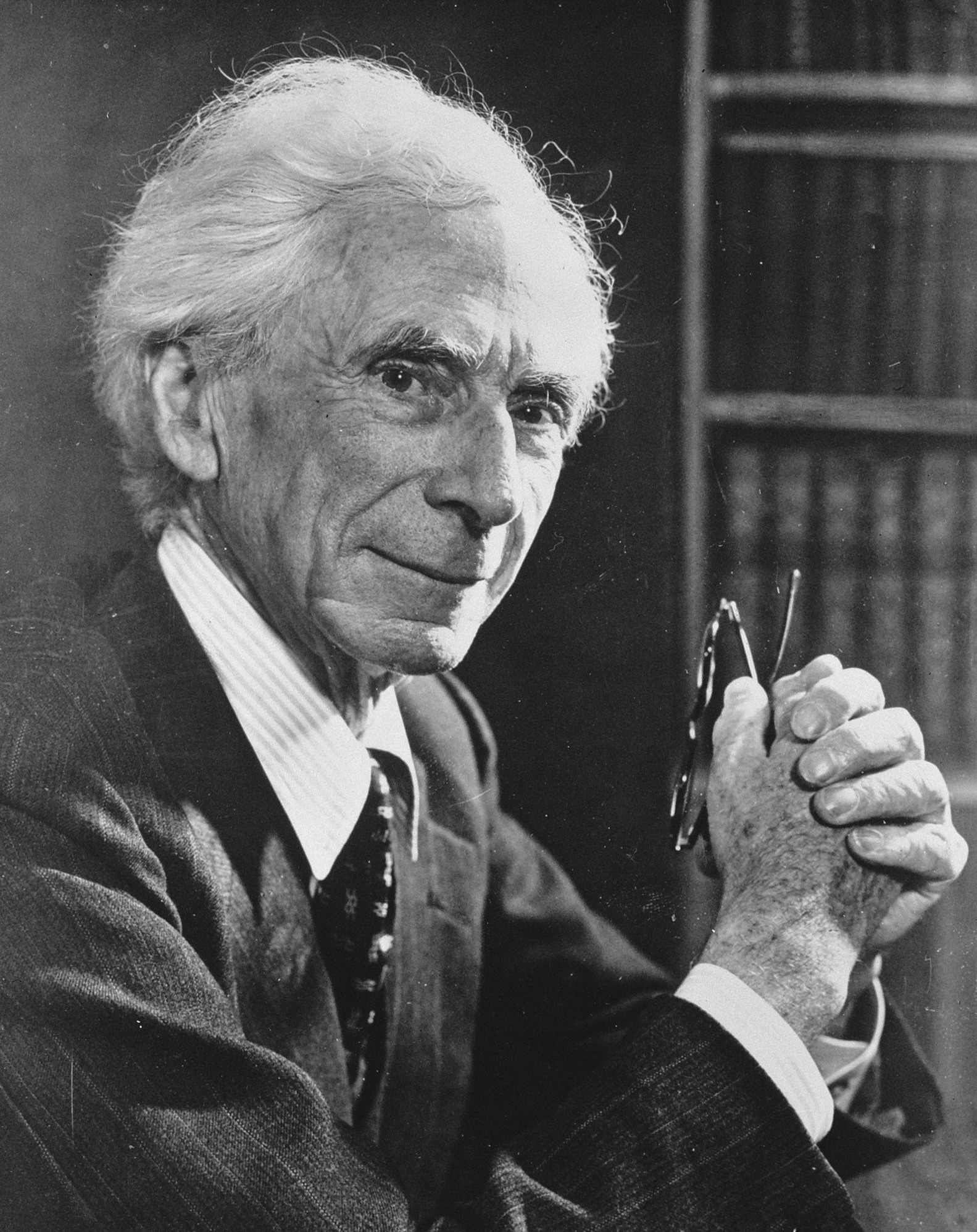
|

|

|
Brownian Motion
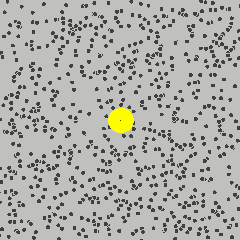
Stochasticity and Control

|
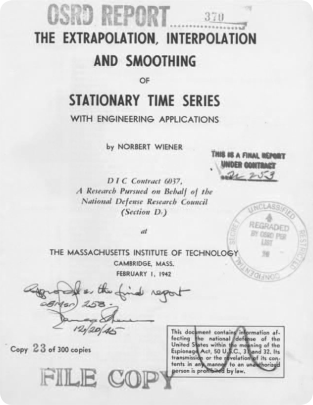
|
Conclusions
- Potted journey through history of physical models and uncertainty.
- Challenge we now face is partial uncertainty.
- This module will equip you with the skills to balance uncertainty, computation and observation in answering scientific questions.
Thanks!
- twitter: @lawrennd
- podcast: The Talking Machines
- newspaper: Guardian Profile Page
- blog: http://inverseprobability.com
